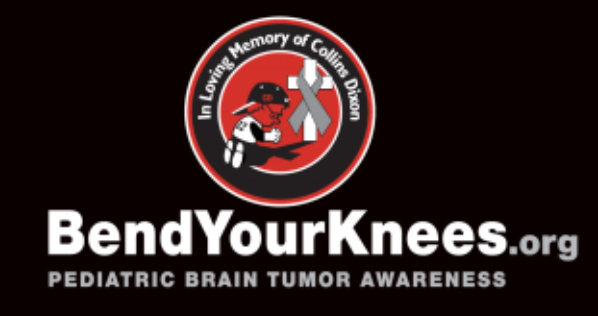Suicide: Knowing the Key Risk Factors.
Written by Craig Meadows
Photo Credit: Pixaby via Pexels
Alienation is a key component of suicide risk. Often, people with suicidal intentions find it difficult to talk about their problems, so what they are going through may not be immediately obvious. However, if you think someone you know may be at risk of suicide, it’s definitely worth looking into further. Here are some of the factors that health professionals and suicide hotline staff take into account when assessing someone’s risk of suicide, care of the Bend Your Knees Foundation.
Previous Suicide Attempts
The strongest predictor of whether someone will attempt suicide is a previous suicide attempt. Multiple attempts generally indicate a higher risk than a single previous attempt, and the method of an individual’s previous suicide attempt is also relevant—the more lethal the method, the higher the risk that they will try again. Self-harming behaviors, such as cutting or burning, are also indications of higher risk.
Ideation and Intention
Usually, the intention to commit suicide starts with ideation, such as thoughts of suicide and fantasizing about methods. This develops into an intention—a plan to commit suicide. The risk increases along with how specific the plan, how lethal the intended method, and whether they have the means to carry it out. Suicide ideation and intention are particularly common among 15- to 24-year olds, as 11 percent of people in this age group have thought about suicide, and 1.9 percent have actually made an attempt.
Mental Health Problems
It is estimated that 90 percent of people who took their own lives were suffering from a mental health disorder. Although there are many disorders that can lead to suicidal thoughts, some to become familiar with are depression, PTSD, bipolar disorder, and schizophrenia. If you or a loved one suffer from one of these (or other) mental health disorders, seek help through therapy and medication. And online anxiety and depression medication prescription options are now more prevalent than ever, so you can feel confident regarding your anonymity.
Alcohol and Substance Abuse
There is also a significantly higher risk in people with substance abuse problems. People who abuse several drugs are 19 times more likely to commit suicide than the general population, and people with alcohol abuse disorder are six times more likely. This is thought to be because substance abuse has an effect on brain chemistry and impulsivity. Substance abusers often move through the ideation-intention-attempt progression more quickly.
At Risk Groups
Suicidal thoughts are not always associated with substance abuse or mental health. There are particular social groups who feel more alienation and social pressures than other, which can lead to higher thoughts of suicide. A study by the CDC reports that over 23 percent of LGBTQ students attempted suicide in 2020. Veterans had an adjusted suicide rate that was 52 percent higher than non veterans. And adults with disabilities are three times more likely to report suicidal tendencies.
Individual Strengths and Weaknesses
People’s internal and external strengths affect their risk of suicide. Externally, the risk is lower when they have family members, friends, therapists, and other supportive people in their lives—people like you. Internal strengths include knowledge of coping strategies, such as cognitive behavioral therapy techniques, or meditation. On the weakness side, look out for stressful life events (e.g., divorce, bereavement, financial stress), abusive relationships, and isolation. The balance of strengths and weaknesses matters—even people with many strengths can be at risk of suicide at certain times in their lives.
Behavioral and Mindset Changes
People at risk of committing suicide are almost by definition unlikely to talk about it. However you may observe clues from their behavior and mindset. If they often appear downcast, take less care over their appearance, or generally seem slower in speech and movement, this may be a sign of depression. They may talk about how much of a burden they are and how they feel that they cannot cope, or there may be a certain “finality” about how they talk to you, as if they were not expecting to see you again.
Assessing the risk of suicide is not an exact science. Some people may possess many risk factors and yet never attempt suicide. Some people may not appear to have a high risk and yet still try to end their lives. If you believe someone is at immediate risk, seek emergency help. Otherwise, contact a suicide hotline or crisis centre yourself for advice on what to do next.
Individuals with incurable conditions, like brain tumors, can become hopeless and want to end their lives. The Bend Your Knees Foundation is dedicated to helping families who have a child diagnosed with a brain tumor as well as raising awareness for suicide prevention. Visit our website to learn about our inspiration, Collins & Sonny, and how you can support people affected by this condition & suicide.
National Suicide Prevention Lifeline
We can all help prevent suicide. The Lifeline provides 24/7, free and confidential support for people in distress, prevention and crisis resources for you or your loved ones, and best practices for professionals in the United States.
1-800-273-8255
988 has been designated as the new three-digit dialing code that will route callers to the National Suicide Prevention Lifeline. While some areas may be currently able to connect to the Lifeline by dialing 988, this dialing code will be available to everyone across the United States starting on July 16, 2022.
Photo credit: Pexels


